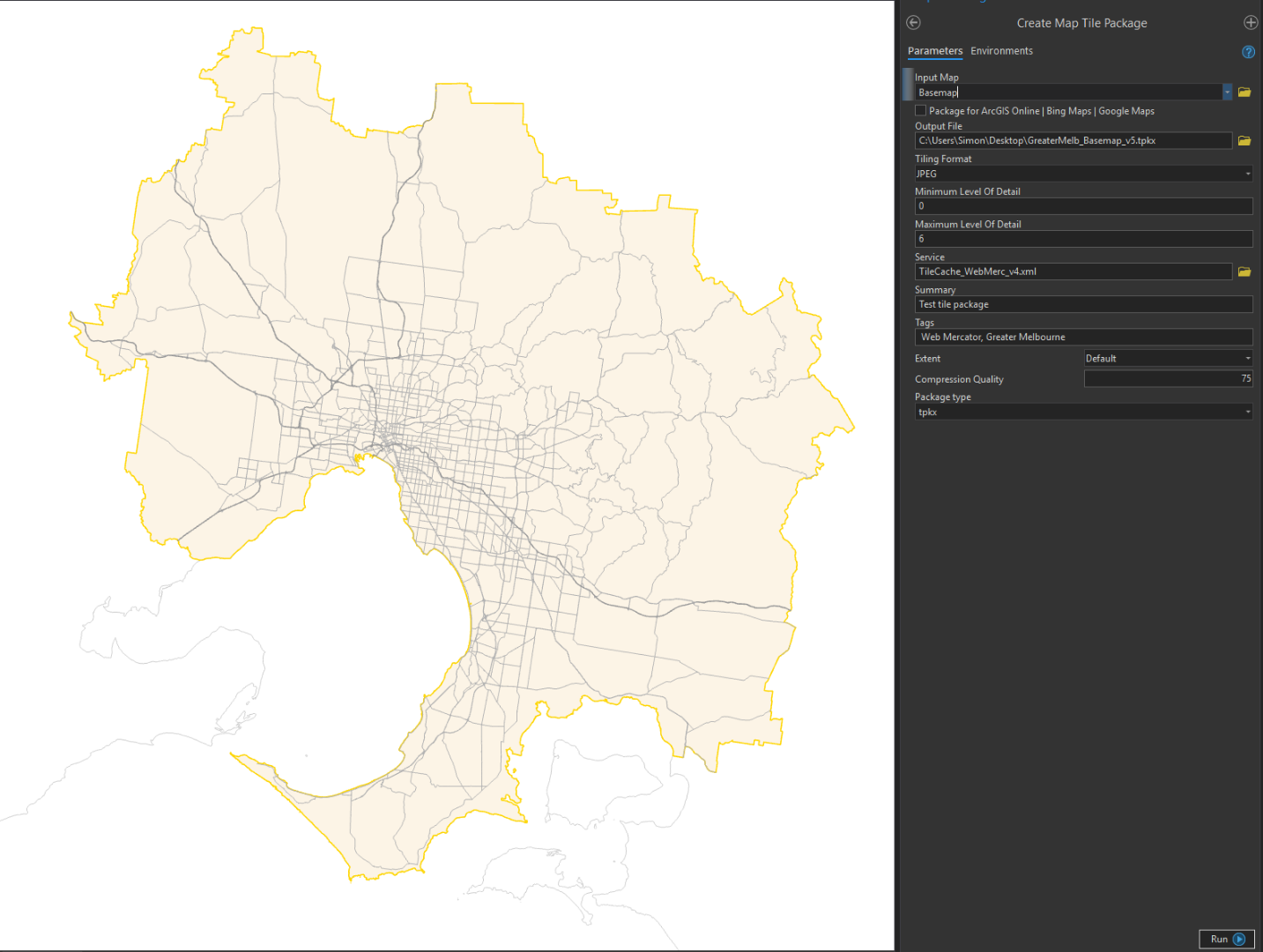

Each pixel contains three 8-bit color channels. JPEG- A lossy, three-channel image format that supports large color variations (16 million colors) but does not support transparency.Caches using PNG32 are significantly larger than the other supported formats and will use more disk space and require greater bandwidth to serve clients. While the PNG32 format allows for partially transparent pixels in the range from 0 to 255, the ArcGIS Server cache generation tool only writes fully transparent (0) or fully opaque (255) values in the transparency channel. Each pixel contains three 8-bit color channels and one 8-bit alpha channel that represents the level of transparency for each pixel. PNG32- A lossless, four-channel image format that supports large color variations (16 million colors) and transparency.Caches using PNG24 are significantly larger than those using PNG8 or JPEG and will use more disk space and require greater bandwidth to serve clients. Versions of Internet Explorer earlier than version 7 do not support this type of transparency. Each pixel contains three 8-bit color channels, and the file header contains the single color that represents the transparent background. PNG24- A lossless, three-channel image format that supports large color variations (16 million colors) and has limited support for transparency.

8-bit PNG images are similar to GIF images, and most web browsers support transparent backgrounds in PNG images. Each pixel stores a value (0–255) that is used to look up the color in the color palette and the transparency in the alpha table. PNG8- A lossless, 8-bit color, image format that uses an indexed color palette and an alpha table.

The bit depths are optimized according to the color variation and transparency values in a tile.


 0 kommentar(er)
0 kommentar(er)
